Graphic Communication
The graphic communication specialization provides training in graphics as well as exposure to the broader aspects of business communication. It prepares the graphic artist to enter a business environment.

Communication Design
Today, communication design is dominated by digital technology, from large creative departments to small companies that outsource work to specialists, from traditional print and TV media to multimedia and interactive design. Although entry-level jobs are a first step for either AAS or BTech graduates, employees with a baccalaureate degree are considered more readily equipped for promotion in the industry.

Communication Design Management
Students acquire proficiency in managerial, technical and supervisory activities. They gain the knowledge and skills necessary to function as production managers, responsible for monitoring, controlling and processing images for delivery on a wide variety of print and electronic media. They will also become adept at communicating visual and technical information both in writing and orally. Emphasis is placed on the use of state-of-the-art equipment and technology in hands-on work on their own individual projects and in collaboration with fellow CDMG and COMD students on team projects.

Communications Technology
This is an interdisciplinary program bringing together television, web, information systems, computer science, and design. The program offers three main concentrations: digital video, computer graphics, and systems and applications. Our majors are prepared for a variety of career opportunities in a variety of production environments.

Communication Design
The communication design industry is one of the most creative and dynamic in the United States, employing over 260,000 people. Advertising agencies, graphic design firms, corporate communications departments, publishing companies, broadcast design studios and other design-related operations offer many challenging and rewarding careers as advertising art directors, graphic designers, broadcast designers, website designers, illustrators, animators, comic book artists and packaging designers.
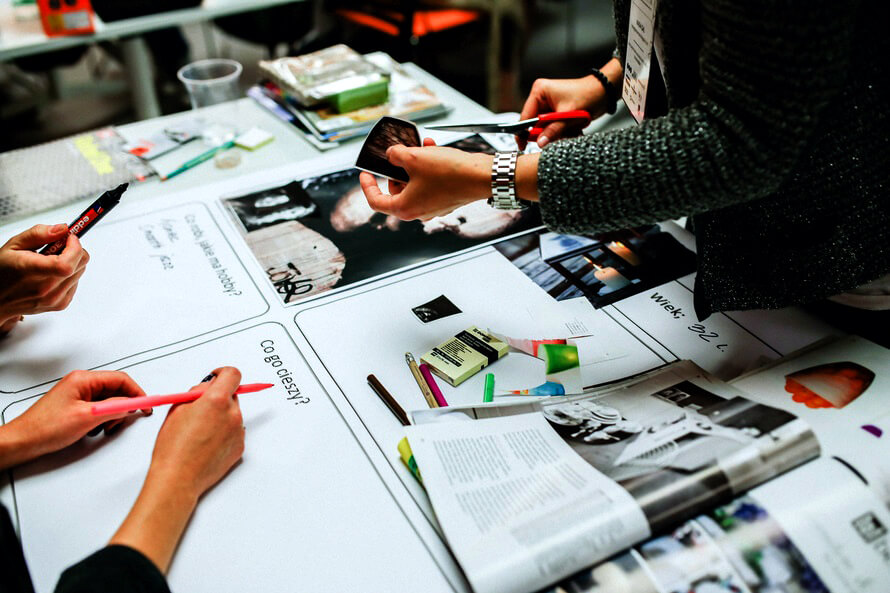
Communication Design Management
This program is designed for students seeking a career in the New York area's graphic communication industry, which includes advertising, printing, publishing, and corporate communications. Students learn theory, closely linked to laboratory work, using current industry specifications and standards. A knowledge base and skill sets are developed through courses in office systems, estimating, digital imaging and page layout. Students also learn about current industry developments through lectures, field trips, guest speakers and participation in industry events.
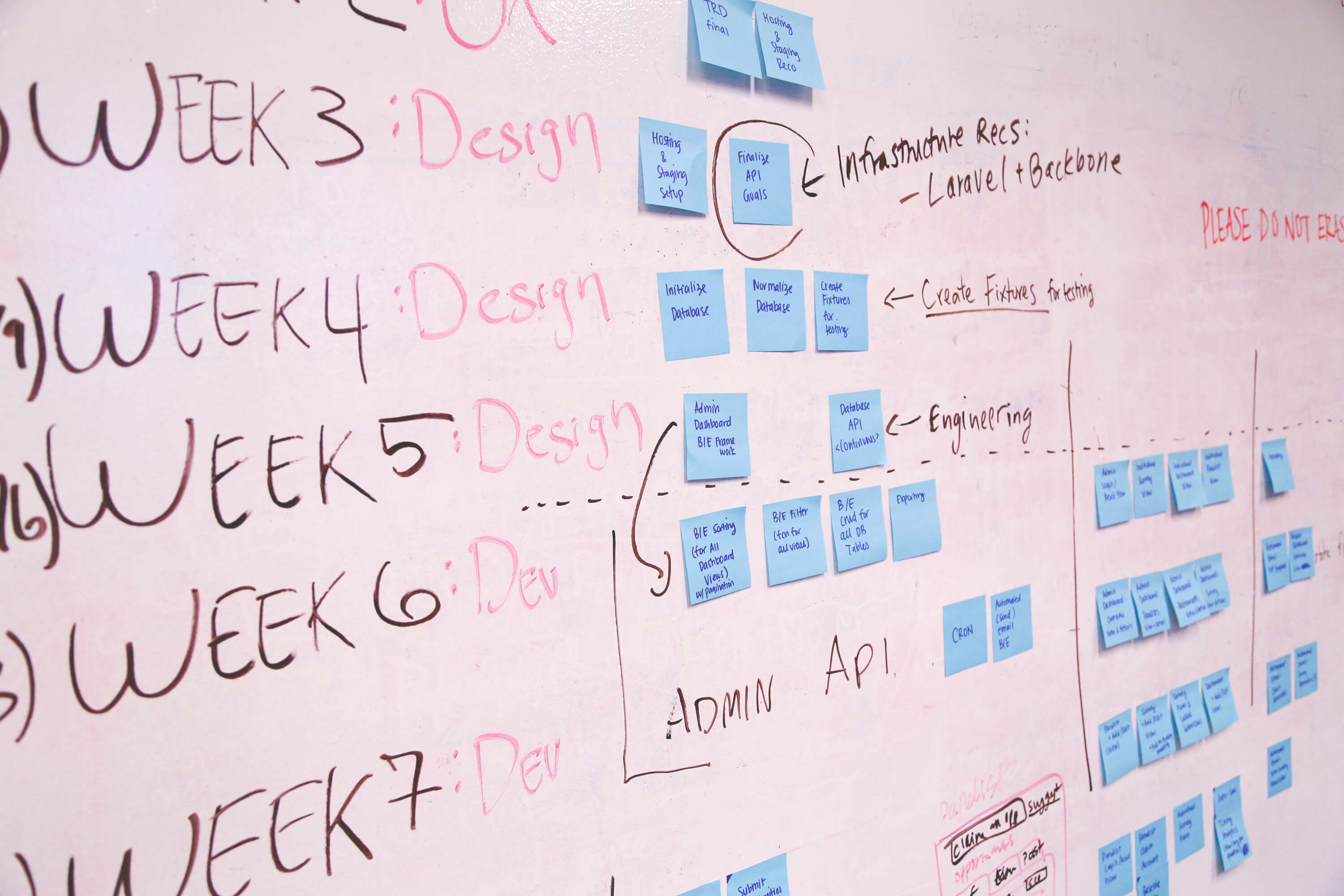
Computer Graphics and Imaging
A computer graphics bachelor's degree program teaches individuals not only how to create images with a computer, but also how to develop a website or render 3-D objects. A program in this field can give you the knowledge you need to create computer images for various visual media platforms using state-of-the-art technology. Your program may also teach you to be proficient in illustration, geometric modeling and pattern design.
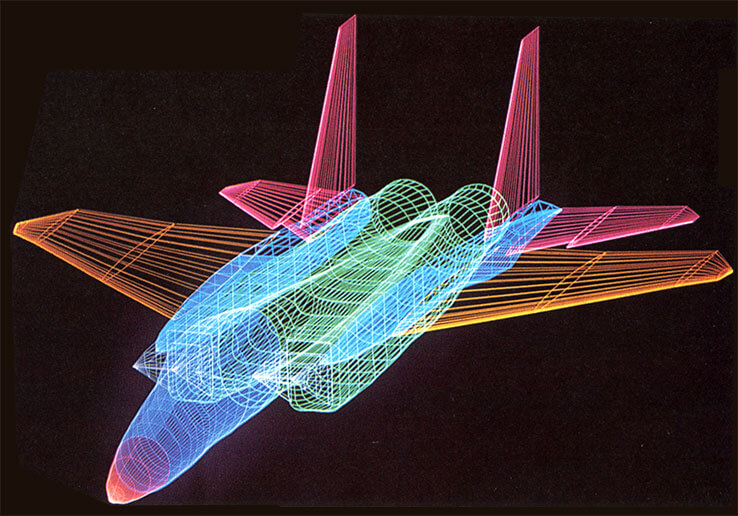
Graphic Design
This program prepares students for careers or graduate study in the rapidly evolving field of design. Students in the major learn visual communication using industry-standard technology across interactive, time-based, digital and traditional media. Students have the option of pursing a concentration in Communication Design, Interaction Design, or Animation and Illustration.

Digital Arts: Graphic Design
This program seeks to prepare students for the dynamic field of digital art by providing a basic careeroriented education. Through intensive training in visual foundations and state-of-the-art technology, students gain aesthetic awareness, problem-solving skills and the technical proficiency necessary to pursue an entrylevel position in the visual communication industry in positions such as graphic design, web design, computer animation, 3D graphic visualization, motion graphics design, and interactive multimedia design. Focusing on typography, page layout and publication design

Graphic Design and Illustration
Students will demonstrate fluent understanding of art and design principles and practices while being articulate with the visual language, including an ability to cite historical precedents and apply theoretical principles to projects.
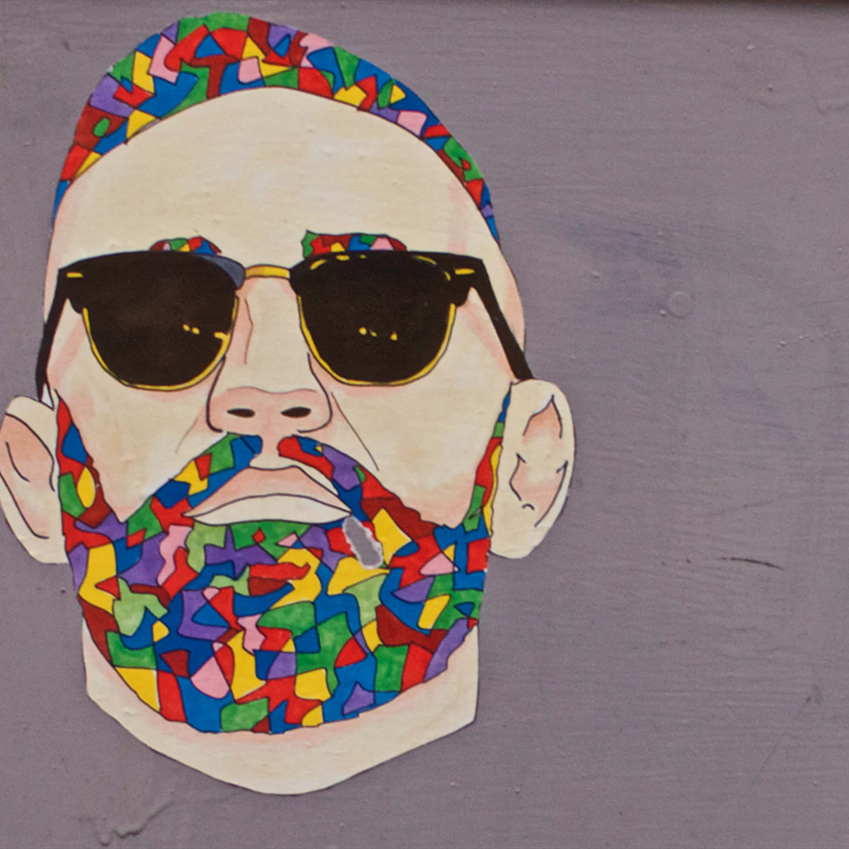
Industrial Design (La Guardia)
The Industrial Design program, coordinated by the Humanities Department leads to an Associate in Applied Science Degree (AAS), and is proud to be the only program of its kind in New York. The role of an industrial designer is to create and execute design solutions towards problems of form, usability, user ergonomics, engineering, marketing, brand development and sales. The Industrial Design program provides students a foundation experience in the necessary skills to begin a career in Computer Assisted Design (CAD), Model making, Product Design and Fabrication or transfer to a four-year institution.
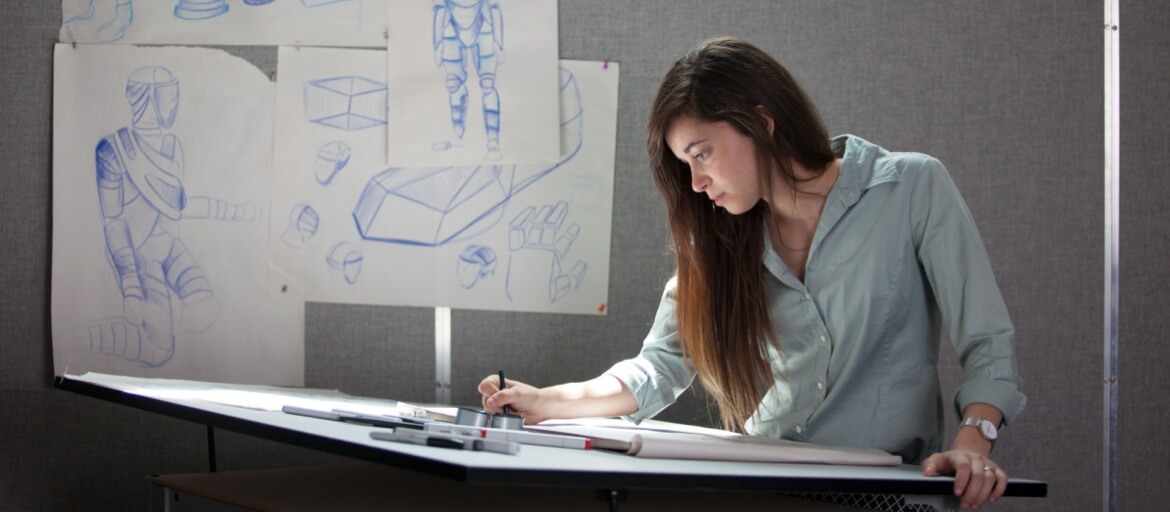
Industrial Design (City College)
The Industrial Design Technology program is designed to provide students with a wide variety of valuable skills, enabling them to utilize the latest CAD software packages in several diverse fields. To prepare students for the rapid pace of technological change in the workplace, the program seeks to develop the kinds of creative design and problem-solving capabilities that never become obsolete.
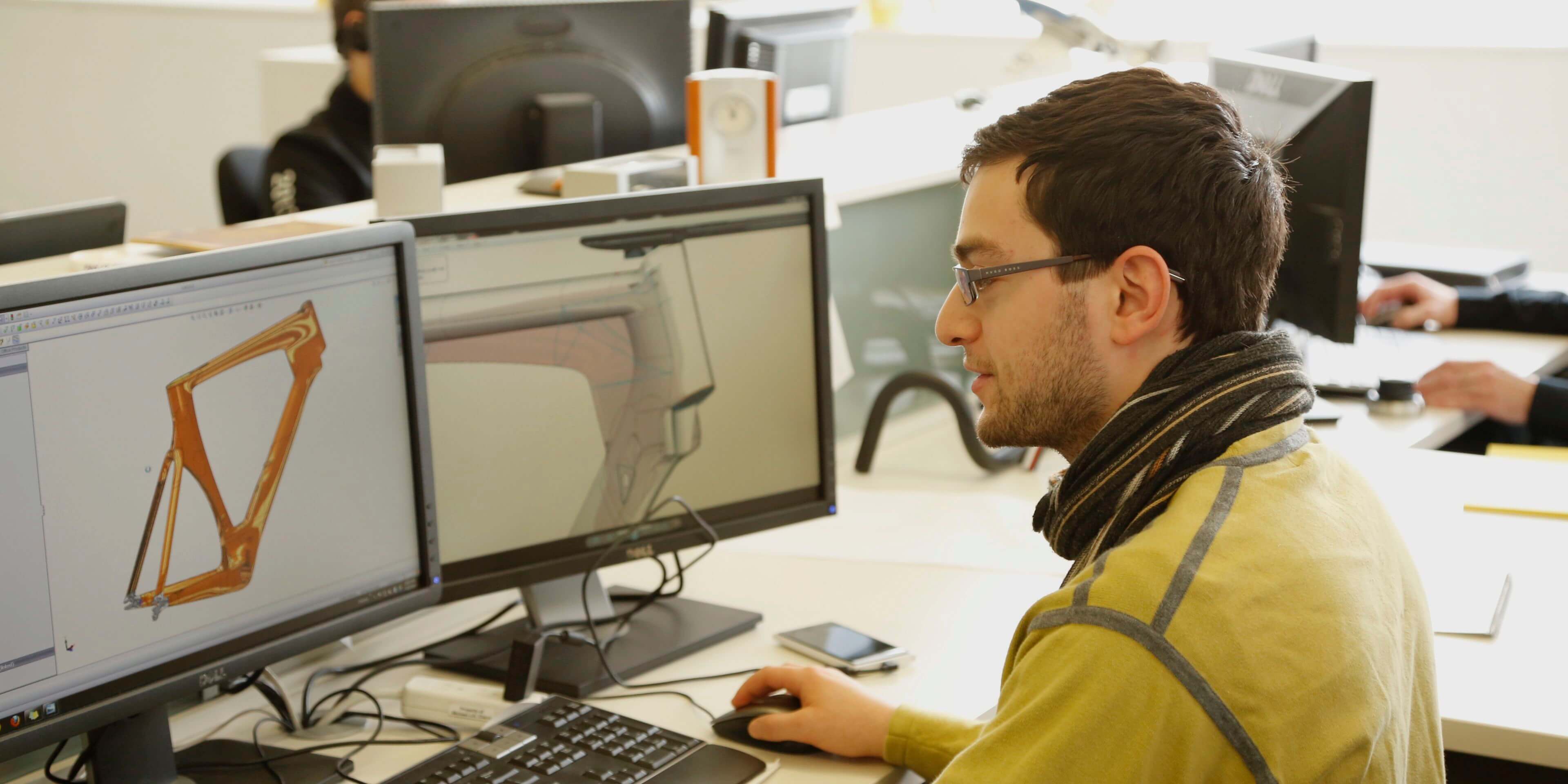
Digital Art and Design
Do you want a career that combines your love of art and your fascination with computers? This program is for you. Gain technical skills, knowledge of current programs used in the design field, and an ability to understand and apply aesthetic judgment to design decisions.


Electronic Design and Multimedia
Students acquire proficiency for careers in design in traditional print and emerging electronic media. The Electronic Design and Multimedia program at City College offers one of the most comprehensive, affordable 4-year programs in electronic art at a New York City public university, and has a 18-year record of alumni success.

Multimedia Programming and Design
The Multimedia Programming and Design Program prepares students for careers in a variety of "multimedia industries", companies and institutions that develop, produce or market multimedia products, programs or services. The program instructs students in the design and programming of computer-based interactive products that incorporate text, graphics, sound,animation and video. It also develops different types of talent, both creative and technical,with the imperative that each understands the work of the other so that they can collaborate effectively.

Digital Arts: Web Design
This program seeks to prepare students for the dynamic field of digital art by providing a basic careeroriented education. Through intensive training in visual foundations and state-of-the-art technology, students gain aesthetic awareness, problem-solving skills and the technical proficiency necessary to pursue an entrylevel position in the visual communication industry in positions such as graphic design, web design, computer animation, 3D graphic visualization, motion graphics design, and interactive multimedia design. Focusing on web, animation, sound and multimedia design.

New Media Technology
The field of New Media is incredibly varied and provides writers, musicians, artists, filmmakers, and business people with powerful new tools for economic development and creative expression. As a New Media Technology specialist you can chose the career path that best fits your skills. This program can be an excellent choice for students who are technically competent and creative.

Animation and Motion Graphics
The Animation and Motion Graphics program provides students with the fundamentals of two- and three-dimensional (2D and 3D) animation, motion graphics, and special effects. Once necessarily hand-made, expensive and rare, animation has undergone a technical transformation and is now a ubiquitous part of special effect, advertising campaigns, video games, movies, and television.

Game Design
The art of applying design and aesthetics to create a game to facilitate interaction between players for entertainment or for medical, educational, or experimental purposes. Game design can be applied both to games and, increasingly, to other interactions, particularly virtual ones.
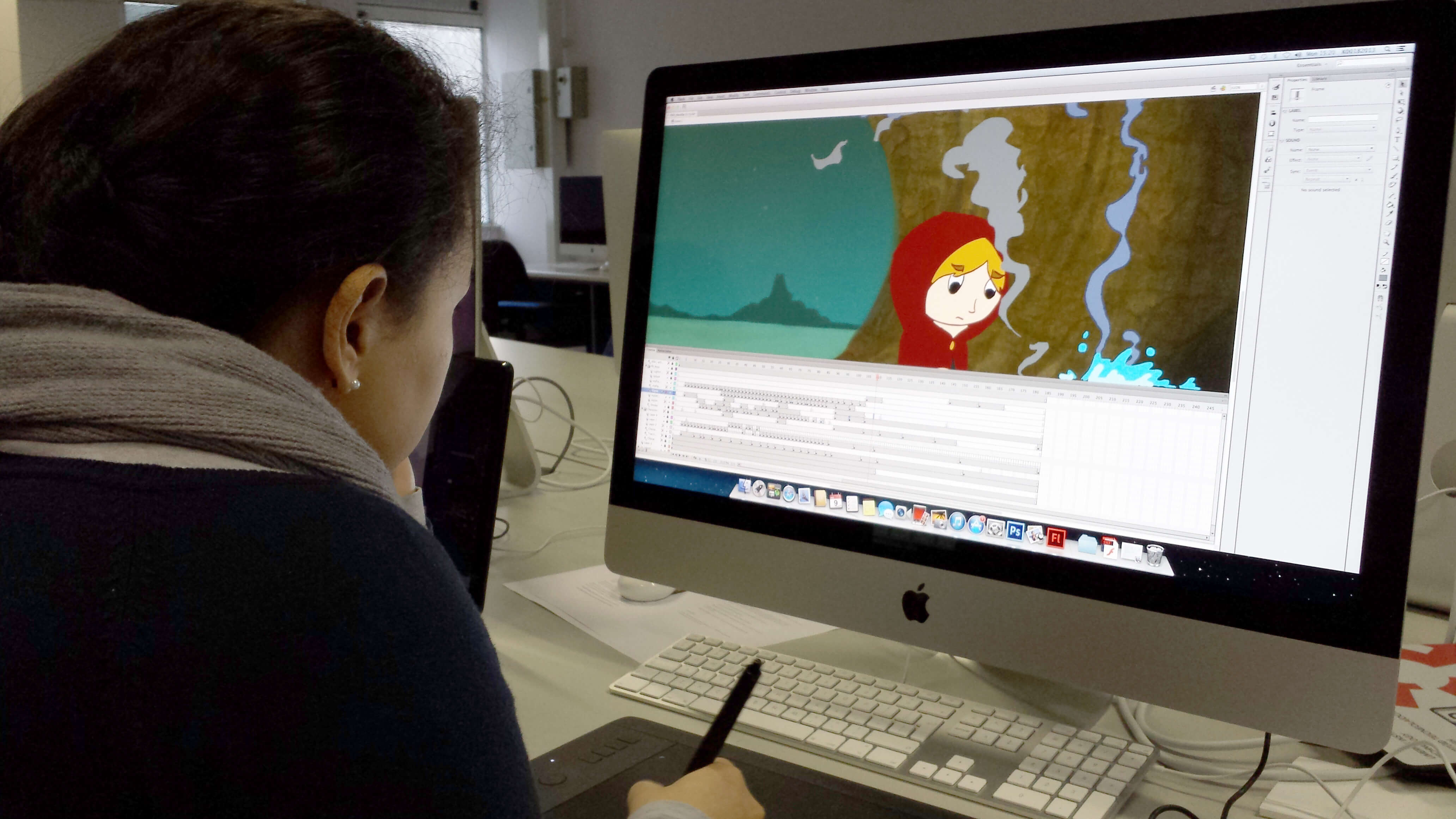
Digital Design and Animation
The Associate in Applied Science degree in Digital Design and Animation will provide students with a strong foundation for future occupations in motion graphics, animation, graphic design and/or web design through a series of intensive lecture and studio-based classes. The curriculum emphasizes the use of industry standard digital technology and media to help students develop the artistic and technical skills necessary to plan, analyze, and create visual solutions to communications problems. Students will take a core of courses that include digital media history and practice, drawing, color theory, 2Ddesign and an overview of indispensable design software applications for creating in multiple forms of media.